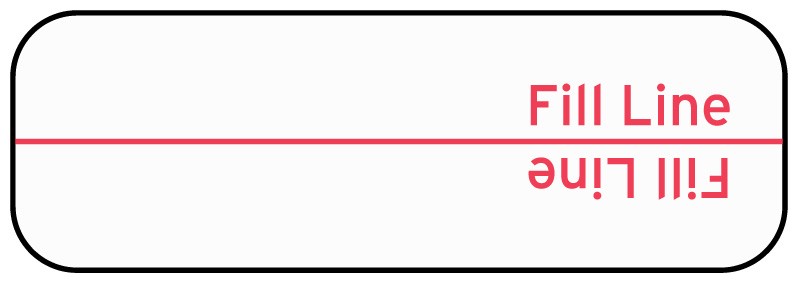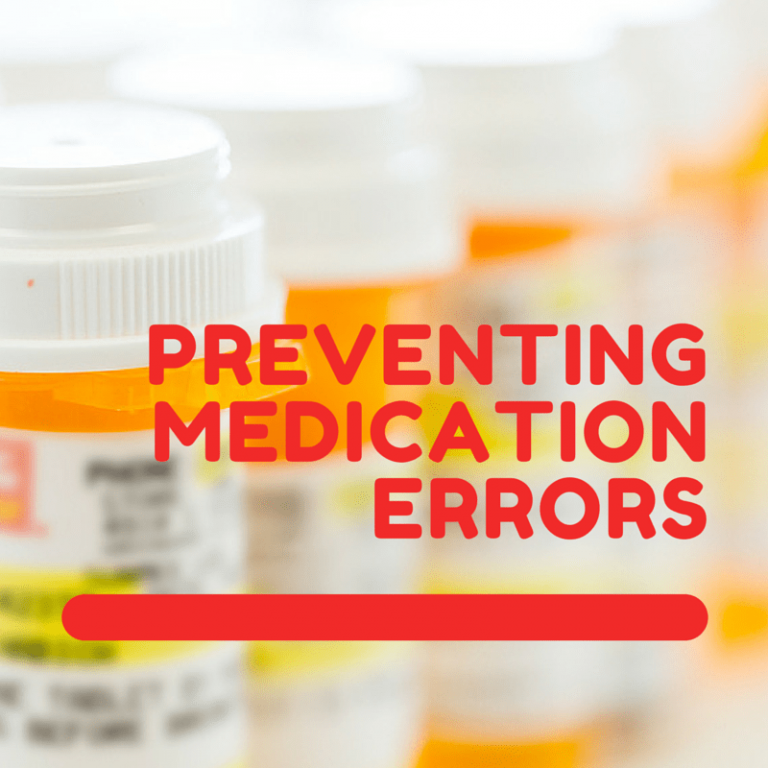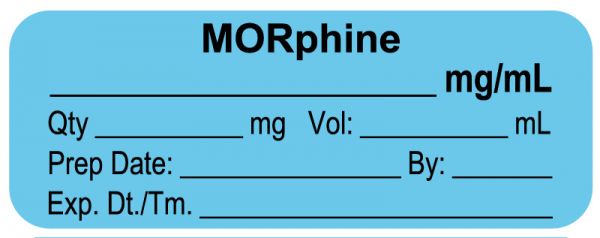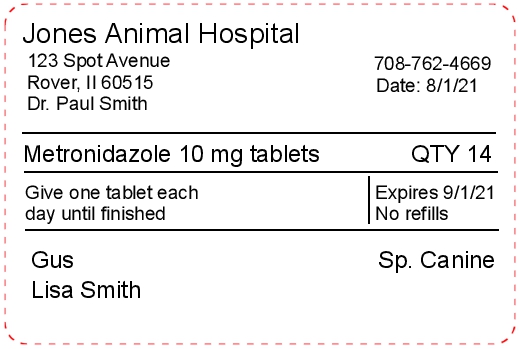Author Name
How many errors do you make each day? Research suggests that regardless of the activity or task being conducted, humans make between 3-6 errors per hour! And even though that number is likely lower in settings like a veterinary practice, where excellence is emphasized, mistakes happen. It’s impossible not to look back at certain actions, diagnoses or decisions and wish they were different. But within the group of total errors that do occur, while some are impossible to prevent, others are preventable. And medication errors often fall into the preventable category. It takes effective protocols and processes to approach medication safety perfection. This post details common errors, why they happen, what to do if one does occur and concludes with 6 ways to reduce veterinary medication errors in your practice.
Types Of Veterinary Medication Errors
When you look at current data or at research from 15 years ago, you will see a list of veterinary medication errors that are almost identical. In fact, common problems including:
- Drug names that look alike or sound alike
- Poorly designed and hard to read veterinary prescription labels and packaging
- Use of error-prone abbreviations or symbols on written prescriptions
- Drug dosage devices (such as oral syringes) that are difficult to use
- Improper storage or disposal of drug products Illegible handwriting on written prescriptions
- Miscommunication while verbally prescribing orders
Continue to cause the majority of the errors. And because these challenges aren’t new, it makes adhering to specific processes essential in order to limit their occurrence.
Why Do Veterinary Medication Errors Happen?
From poorly designed protocols to the failure to adhere to established guidelines and our basic human imperfections, veterinary medication errors occur for a variety of reasons.
Designing And Adhering To Protocols
Using the “six rights” to medication safety and the process improvement opportunities detailed in the “ways to reduce medication errors” section below, there are other challenges that can circumvent established protocols that require attention. For example, staff turnover may contribute to inexperience or a lack of familiarity with practice processes. In addition, staff shortages, which are more likely in the current employment environment, may also have a detrimental impact. And on occasion, certain staff members may be unwilling to focus on the safety measures already in place.
Training and ongoing communications are the best ways to tackle these issues.
Human Error
Even the most accomplished people aren’t perfect. The world's best doctors, scientists and athletes all make mistakes. But, when certain conditions are present, the potential for mistakes increase. For example, fatigue can contribute to veterinary medication errors. In research detailed by Daniel Pink in his book “When: The Scientific Secrets of Perfect Timing,” he found that for most people, an afternoon slump is real. In fact, doctors were more likely to misdiagnose a patient in the afternoon vs. the morning. Mood and the weather can also contribute to poor judgement.
In addition, a heavy workload, distractions and interruptions or just trying to meet client needs during a demanding day can cause practitioners to cut corners which contribute to errors.
What Should You Do If A Medication Error Occurs?
The only thing worse than a bad medication error in your practice is having the same thing happen more than once. Identifying critical steps in the medication dispensing process and the gaps that may have contributed to the adverse event, and talking openly without blame, will help uncover challenges and take corrective action.
Ways To Reduce The Risk Of Veterinary Medication Errors
Like human medicine, employing the six rights is the best way to reduce the risk of veterinary medication errors. This means that each time you administer a medication, you need to be sure to have the:
- Right pet
- Right medication
- Right dose
- Right time
- Right route
- Right documentation
Follow this guide to veterinary prescription label requirements and incorporate these six steps in the medication dispensing process to prevent errors:
1) Look Alike Sound Alike Drug Names
Many drugs like “Convenia” and “Cerenia,” may look-alike on written orders. And others, including SINEQUAN and ZENIQUIN sound-alike when communicated verbally.
Separate these drugs in inventory and add visual alarms, including Look-alike, Sound-alike and Tallman labels. In fact, a look-alike, sound-alike label interrupts your staff and makes them check to ensure they are taking the right item from inventory. Tallman labeling, a technique that uses uppercase lettering to help differentiate look-alike drug names, has a similar impact. In addition, to differentiate the medications mark them with both the generic and trade name.
2) Poorly Designed Veterinary Prescription Drug Labels
Although the complexity of drug development can take years of work and tens of millions of investment dollars, a lack of attention to the drug label can cause accidents that lead to a veterinary medication error. A label with overcrowded information, inconsistent presentation of drug strength, and use of certain font styles and sizes can cause mistakes.
3) Error Prone Abbreviations
Although they may save time, abbreviations are a common driver of veterinary medication errors. So the best option is to stop their use. The same applies to leading and trailing zeros. By eliminating extra zeroes (like 5.0 mg) you help prevent pet owners from dispensing 5 mg of a medication incorrectly remembering it as "50 mg.”
Use a properly designed veterinary prescription label like this example to minimize the potential problems that both a poorly designed label and abbreviations cause.
4)  Difficult To Use Dosage Devices
Difficult To Use Dosage Devices
A difficult to read oral syringe can make fill lines difficult to detect. But, applying fill line labels to the dispensing device allows you to more clearly mark the syringe which helps prevent dosage confusion.
5) Improper Drug Storage
When medications with similar names, similar looking packages and different classes of products (e.g. antibiotics, vaccines, dewormers, etc.) are mingled together on a shelf, the potential for veterinary medication errors increase exponentially. Take these steps instead:
- Store different classes of drugs on different shelves and label each shelf to identify the class of drugs that are contained on it.
- Store drugs with similar packaging or names on different shelves and use a look-alike sound-alike label to help guard against mix-ups.
- Mark drugs with expiration dates and beyond use dates.
6) Miscommunicating While Prescribing Orders
Illegible handwriting and miscommunication when calling in prescriptions for animals are other common causes of medication errors. Although printing out scripts takes handwriting out of the equation, that’s not alway possible. So the burden falls on the doctor to write as legibly as possible and the pharmacy tech to double check with the doctor if the prescription is unclear.
Plus before calling in a prescription, write it out entirely, without abbreviations, first. Taking this step eliminates the verbal shorthand and makes it easier for the pharmacist to understand, especially if they are unfamiliar with veterinary abbreviations.
United Ad Label Veterinary Drug Labels
Following strict processes reduces the potential for veterinary medication errors. Using veterinary medication dispensing labels including Look Alike, Sound Alike, Tallman, Dose Fill Line and inventory labels are a few of the steps you can take to improve the medication dispensing process. UAL provides a complete line of veterinary labels that accommodate the needs of the entire practice.




